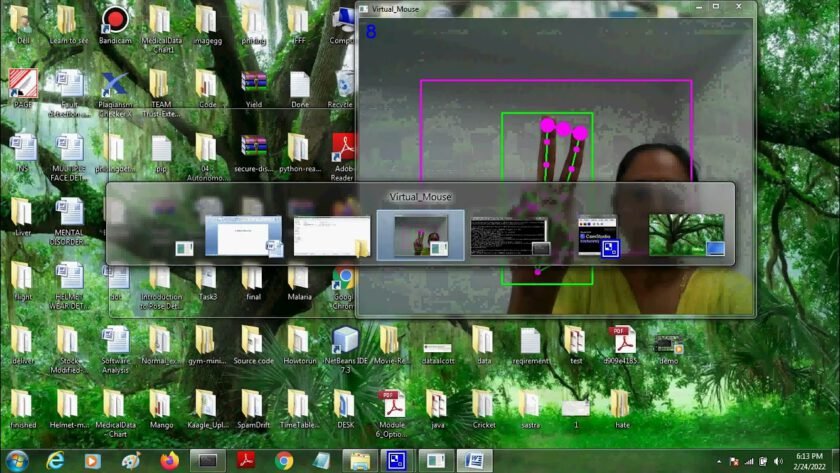
Creating a project that involves cursor movement based on object motion can be quite interesting! Here’s a guide to help you get started:
Define Object Detection:
- Choose a method for object detection. You can use computer vision techniques, such as background subtraction, contour detection, or more advanced deep learning models like YOLO (You Only Look Once).
Camera Integration:
- If your project involves real-world objects, integrate a camera to capture the video feed.
- Choose a suitable camera and set up its connection to your system.
Object Tracking:
- Implement an object tracking algorithm to continuously follow the detected object’s movement.
- Popular tracking algorithms include Kalman filters, Mean Shift, or more modern approaches using deep learning.
Cursor Control Algorithm:
- Develop an algorithm that translates the tracked object’s movement into cursor movements.
- Consider factors like sensitivity and speed of cursor movement based on the object’s motion.
User Interface:
- Create a user interface to display the video feed and control settings.
- Include options for adjusting cursor sensitivity and any other relevant parameters.
Cursor Simulation:
- Simulate cursor movement on the computer screen based on the calculated movement from the object tracking.
User Interaction:
- Implement a way for users to interact with the system, such as starting or stopping the cursor movement.
- Consider incorporating gestures or additional controls for a more interactive experience.
Testing and Calibration:
- Test your system with different objects and motions to ensure accurate cursor control.
- Implement a calibration process to fine-tune the system based on user preferences.
Optimization:
- Optimize your code for real-time performance, especially if you’re working with video feeds.
- Consider using parallel processing or hardware acceleration if needed.
Documentation:
- Document your project thoroughly, including the algorithms used, system requirements, and instructions for users.
User Feedback:
- Collect feedback from users to improve the user experience and address any issues.
Integration with Other Systems:
- If applicable, integrate your project with other systems or applications that may benefit from this type of interaction.
Remember to consider usability and user experience throughout the development process. This project has the potential for various applications, from interactive displays to assistive technology. Good luck with your cursor movement on object motion project!
